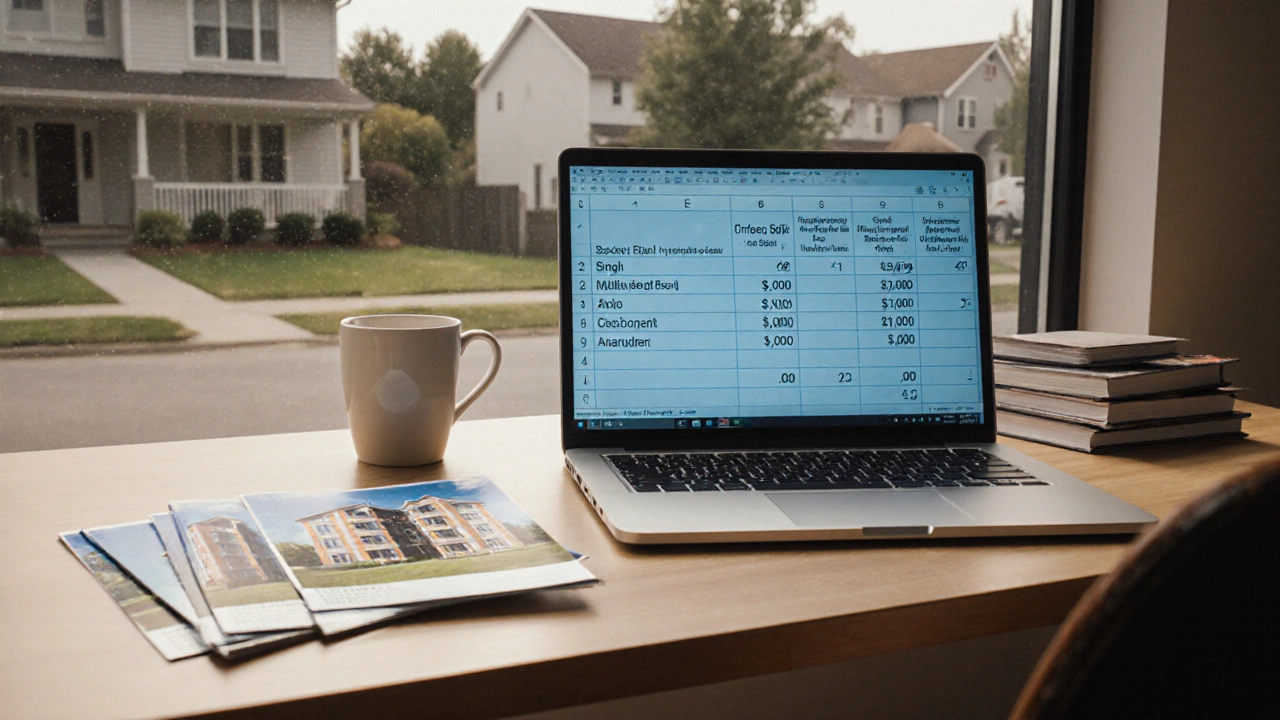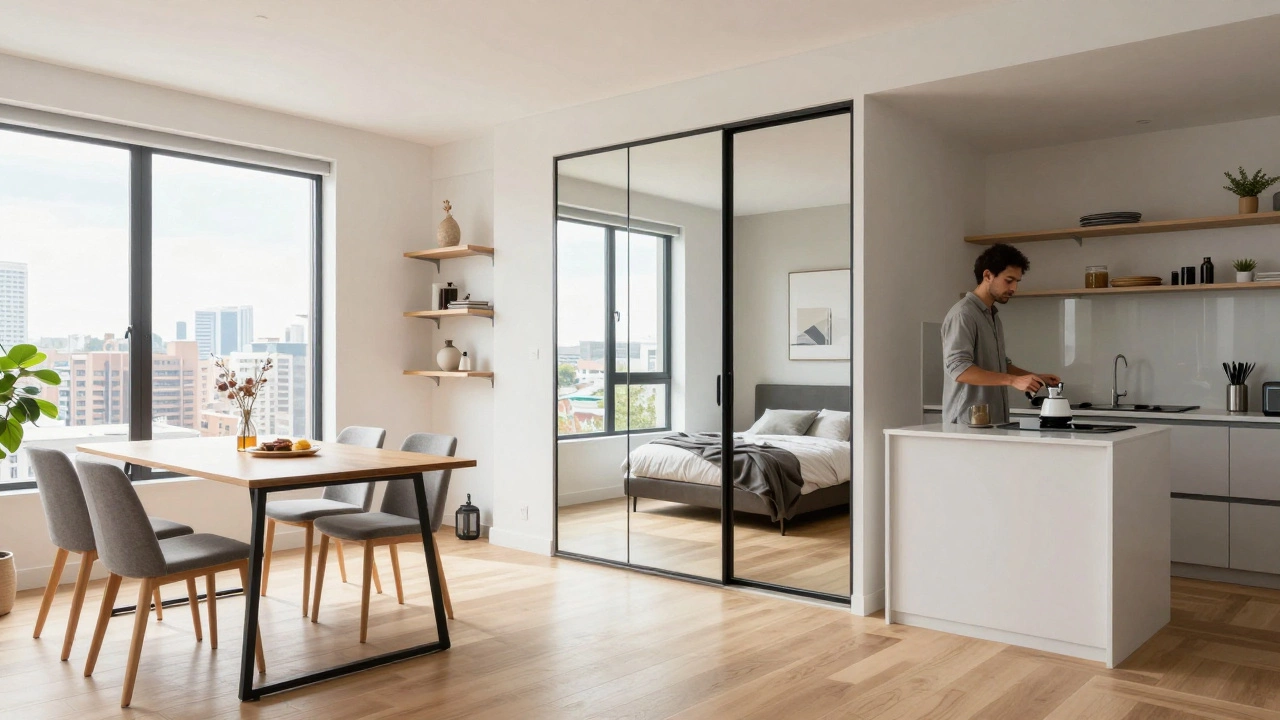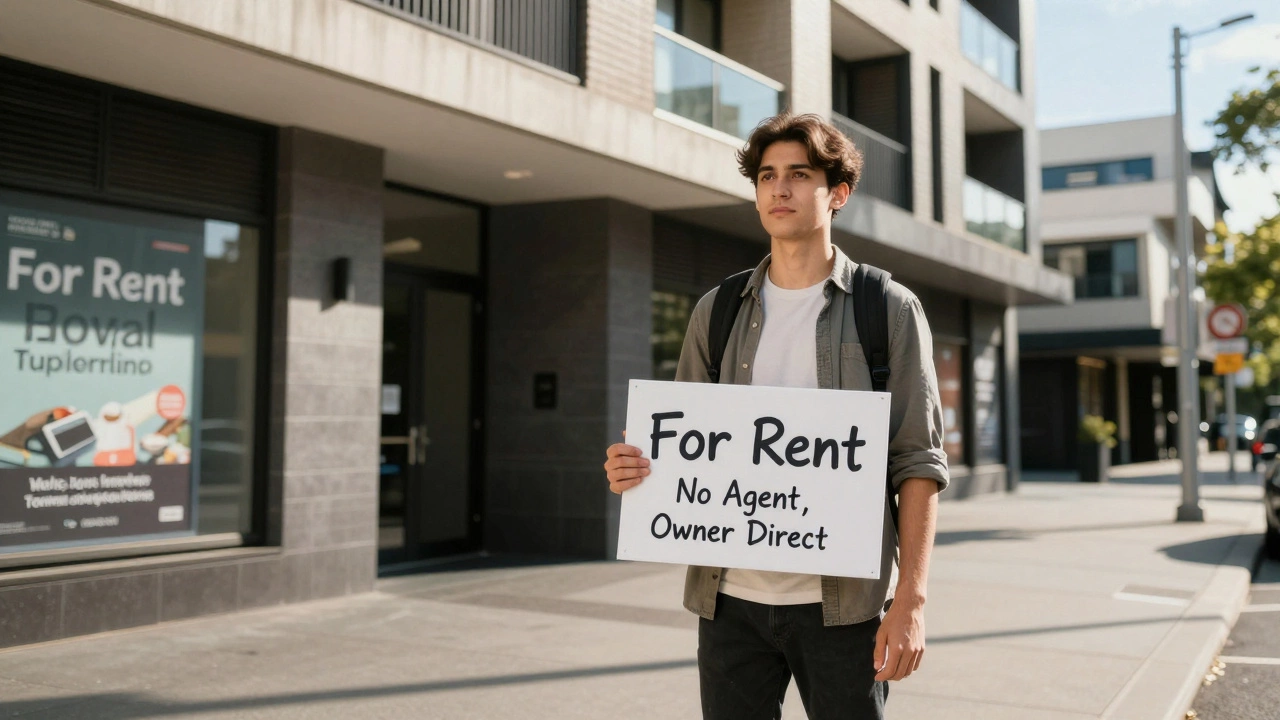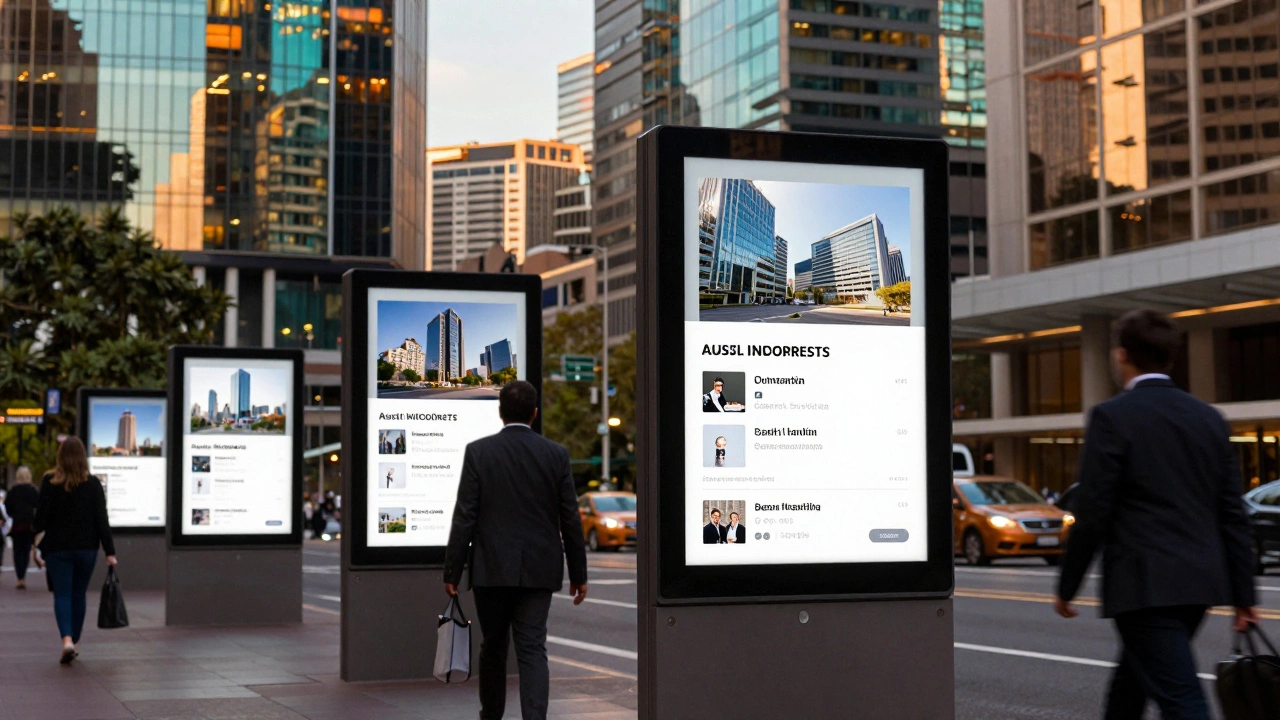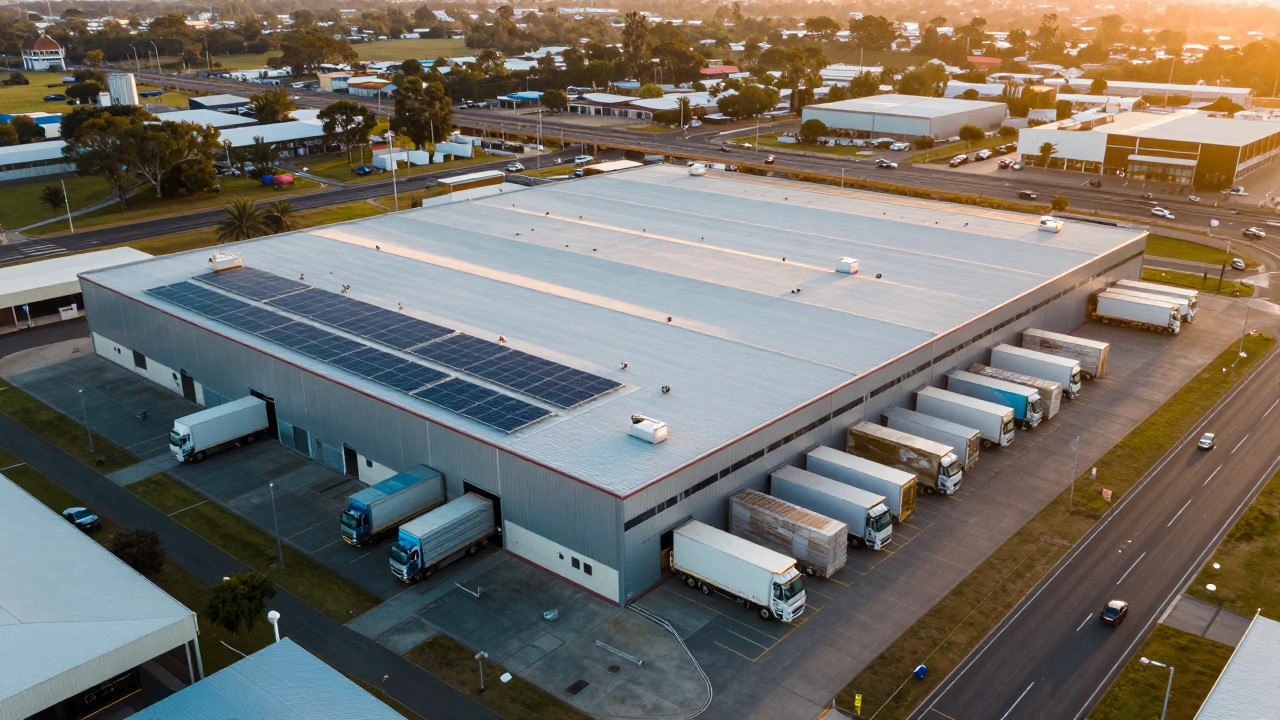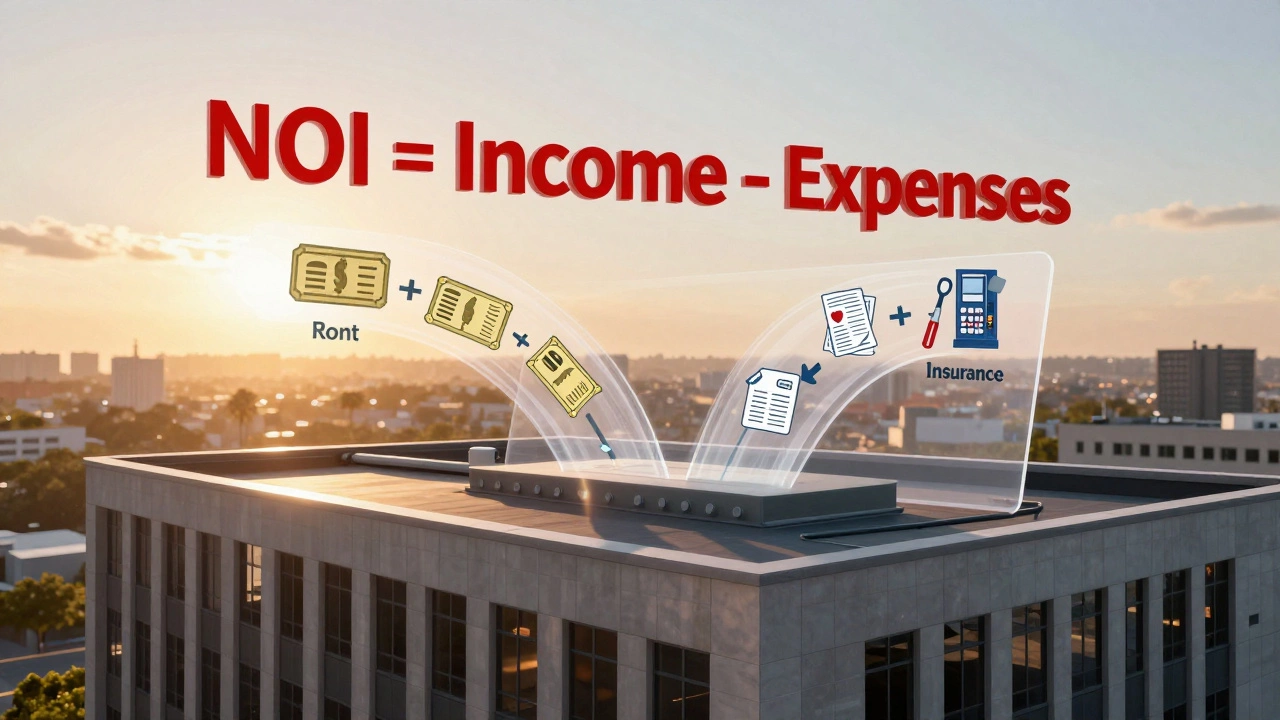Rental Property Cap Rate Calculator
Property Input
Results
Enter your property details to see results
Profitable Investment! Your calculated cap rate of % exceeds your target of %.
Review Required Your calculated cap rate of % is below your target of %.
Key Insights
How This Works
Cap Rate = Net Operating Income / Property Price
Net Operating Income = Gross Annual Rent - Operating Expenses
We've used market averages from the article to compare your results against typical returns for different property types.
rental property is a real‑estate asset that an owner leases to tenants in exchange for regular payments. If you’re hunting for the highest cash flow, you’re not just looking at rent figures-you need to weigh occupancy, management effort, and market trends. Below you’ll find a step‑by‑step guide that helps you pinpoint the property type that consistently out‑earns the rest, plus the numbers you need to crunch before you sign a deal.
Key Takeaways
- Short‑term vacation rentals and multi‑unit apartment buildings typically lead the pack in cap rate.
- Industrial warehouses and office spaces offer stable cash flow but lower upside in a high‑interest environment.
- Location and tenant profile matter more than square footage when it comes to ROI.
- Management intensity can erode net income; self‑manage only if you have the time and expertise.
- Use the comparison table to match your risk tolerance with the right property type.
Why Property Type Matters More Than Price
It’s easy to think that a cheaper property will automatically give you a better return, but the math tells a different story. A $300,000 single‑family home that nets $12,000 a year translates to a 4% cap rate, while a $600,000 four‑unit building pulling in $48,000 nets an 8% cap rate. The difference isn’t the purchase price; it’s the income‑generating potential baked into the asset class.
How to Calculate Rental Profitability
- Gather gross annual rent (all leases, short‑term bookings, and ancillary fees).
- Subtract operating expenses: property management, maintenance, insurance, taxes, and vacancy allowance.
- Divide the net operating income (NOI) by the purchase price to get the cap rate.
- Compare the cap rate against your target return and market averages.
For a quick sanity check, aim for a cap rate that’s at least 1‑2% higher than the prevailing mortgage rate. If banks are lending at 5%, look for properties delivering 6‑7% or more.
Top‑Performing Rental Property Types in 2025
Below is a snapshot of the property classes that consistently beat the market in Australia and comparable economies.
| Property Type | Average Cap Rate | Typical Occupancy | Management Intensity | Initial Investment (AU$) | Cash‑Flow Stability |
|---|---|---|---|---|---|
| short‑term vacation rental | 8‑12% | 70‑90% (seasonal) | High (cleaning, bookings) | 300k‑800k | Variable, peaks in tourism season |
| multi‑unit apartment building | 7‑9% | 95%+ | Medium (property manager) | 500k‑2M | High, steady demand in metros |
| student accommodation | 7‑10% | 85%‑95% | Medium‑High (turnover) | 400k‑1.5M | High near universities |
| industrial warehouse | 5‑7% | 90%+ | Low (long‑term tenants) | 800k‑3M | Very stable, low turnover |
| office space | 4‑6% | 80%‑90% | Low‑Medium (leasing broker) | 700k‑2.5M | Sensitive to economic cycles |
| retail storefront | 3‑5% | 60%‑80% | Medium (tenant mix) | 600k‑2M | Volatile, tied to consumer trends |
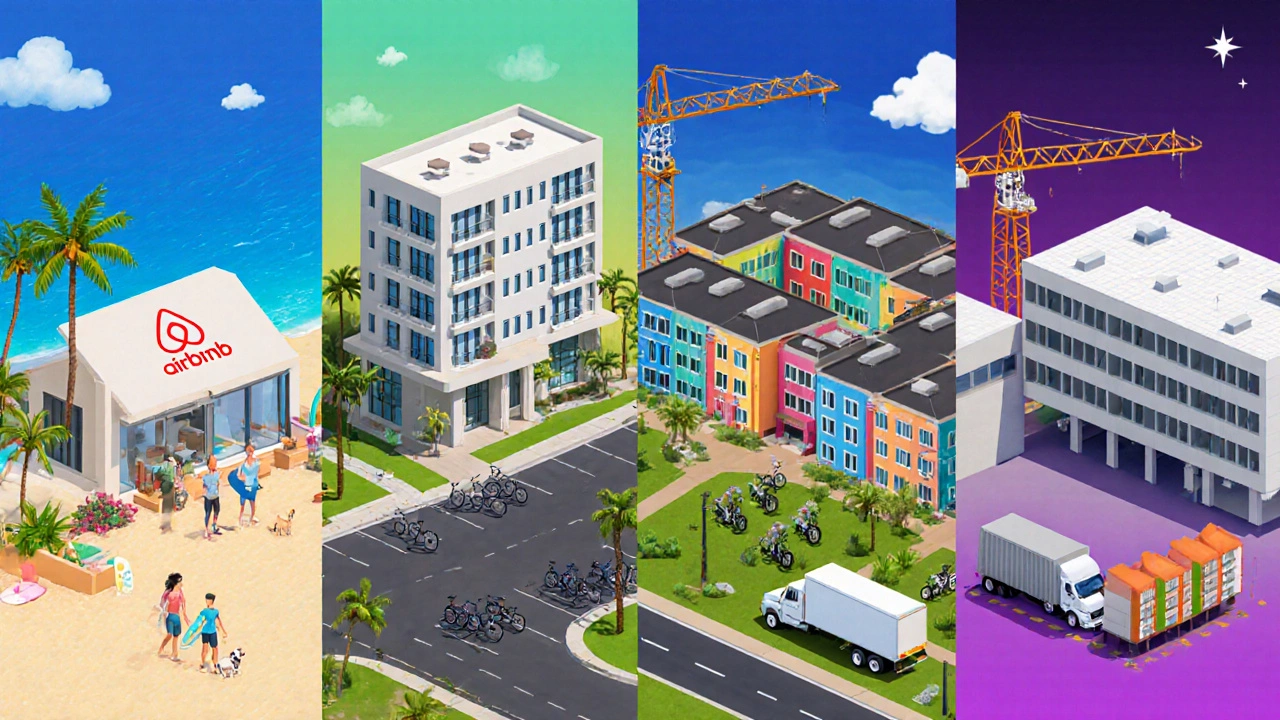
Deep Dive Into the Winners
Short‑Term Vacation Rentals
Platforms like Airbnb and Vrbo have turned many homeowners into micro‑hotels. In tourist hotspots such as Sydney’s Eastern Suburbs or the Gold Coast, nightly rates hover between AU$200‑AU$400. With a 70‑90% occupancy in peak months, the annual gross can eclipse AU$100,000 on a $600,000 property, delivering that coveted 10%+ cap rate.
But the upside comes with extra work: cleaning crews, key exchanges, and regulatory compliance (many councils now require a short‑term licence). If you outsource the operations, factor in a 25‑30% management fee to keep the numbers honest.
Multi‑Unit Apartment Buildings
Four‑ to six‑unit blocks in inner‑city suburbs strike a sweet spot between scale and manageability. They enjoy near‑full occupancy because they serve a mix of families, young professionals, and downsizers. With rent rolls averaging AU$450 per week per unit, a modest $800,000 building can generate $20,000‑$25,000 NOI after expenses, translating to an 8%+ cap rate.
Because the units share walls and common areas, maintenance costs are spread out, and a single property manager can handle the portfolio for a flat fee, keeping the management intensity medium.
Student Accommodation
Universities in Sydney, Melbourne, and Brisbane create a perennial demand loop. Purpose‑built student halls often charge per‑bedroom rates of AU$250‑AU$300 per week, with semesters guaranteeing 85%‑95% occupancy. The turnover is high-students move out each year-but the predictable demand keeps cash flow robust. Investors should budget for furnished interiors and higher turnover costs.
Industrial Warehouses
In the logistics boom triggered by e‑commerce, warehouses near major freight corridors command low vacancy and long‑term leases (5‑10 years). Although cap rates sit lower at 5‑7%, the stability is unmatched: tenants rarely default, and operating expenses are minimal. If you prefer a hands‑off investment, this is the go‑to class.
Office Space and Retail Storefronts
Traditional office and retail properties have felt pressure from hybrid work and online shopping. Their cap rates have dipped, and vacancy risk has risen. However, niche markets-like medical coworking spaces or boutique retail in high‑traffic precincts-can still fetch respectable yields if you target the right tenant mix.
Key Factors That Tilt the Profitability Scale
- Location quality: Proximity to transport hubs, universities, and tourism attractions drives higher rents.
- Tenant profile: Corporate tenants in warehouses pay less per square foot but stay longer; tourists pay more per night but stay briefly.
- Regulatory environment: Short‑term licences, zoning restrictions, and rent‑control laws can erode returns.
- Financing costs: In a 2025 environment where the Reserve Bank of Australia’s cash rate hovers around 4.5%, leverage can eat into NOI fast.
- Management model: Self‑manage vs. outsource-factor in time, expertise, and hidden costs.
Practical Checklist Before You Buy
- Run a cap‑rate analysis using local market rent comps.
- Verify zoning and licensing for your intended use.
- Inspect the building’s condition-major repairs can drop your net yield by 2‑3%.
- Calculate your break‑even occupancy: the minimum occupancy needed to cover mortgage, taxes, and fees.
- Plan your exit strategy: resale, refinance, or hold‑to‑cash‑flow.
Common Pitfalls and How to Avoid Them
Over‑estimating occupancy. New investors assume 100% occupancy because they’ve seen headline rents. Use a conservative 90% figure for multi‑unit and 70% for short‑term to stay safe.
Ignoring hidden costs. Cleaning, turnover, insurance, and council fees can gobble up 15‑20% of gross income. Run the numbers with those line items from day one.
Choosing the wrong market. A beachfront condo in Perth may look glamorous, but if the tourism season is short, the cap rate can fall below 4%. Look for markets with year‑round demand.
Putting It All Together: Your Decision Flow
- Define your risk appetite: high‑return, high‑effort vs. low‑return, low‑effort.
- Match that appetite to a property type from the table.
- Run the cap‑rate calculator with realistic expense assumptions.
- Check local regulations and financing costs.
- Make a go/no‑go decision based on whether the projected ROI exceeds your target by at least 1‑2%.
If you follow this flow, you’ll land on the property type that makes the most money for *your* situation-not just the industry average.
Frequently Asked Questions
Which rental property type gives the highest cap rate in Australia?
Short‑term vacation rentals typically lead with 8‑12% cap rates, followed closely by multi‑unit apartment buildings at 7‑9%.
Is it better to self‑manage a vacation rental?
Self‑management can save 25‑30% in fees, but only if you have the time for cleaning, guest communications, and compliance. Most investors outsource to preserve cash flow consistency.
How does a high interest rate affect rental property ROI?
Higher rates increase mortgage payments, which can shrink net operating income. Aim for a cap rate at least 1‑2% above your loan rate to stay profitable.
Do industrial warehouses require a lot of upkeep?
Generally low. Tenants are businesses that handle routine maintenance, and the structures are simple, so operating expenses stay minimal.
Can I combine property types in one portfolio?
Diversifying across residential, short‑term, and industrial assets spreads risk and balances cash flow volatility. Many seasoned investors allocate 40% residential, 30% short‑term, and 30% industrial.
Next Steps for Aspiring Investors
Grab a spreadsheet, plug in the figures from the table, and run a quick cap‑rate scenario for the property type that caught your eye. Reach out to a local commercial real‑estate broker who specializes in that niche-ask for recent rent rolls and vacancy data. Finally, line up financing with a lender who offers a rate at least 0.5% below the market average; that edge can turn a borderline deal into a cash‑flow winner.
Remember, the most profitable rental property for you hinges on market dynamics, your willingness to manage, and the numbers you crunch. With the right data and a clear strategy, you’ll be set to turn a property purchase into a steady income stream.
